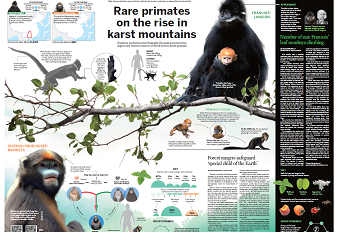Expedition goes deep to safeguard Shuanghe Cave

Left: Students and teachers from Beijing Forestry University explore the Shuanghe Cave in Guizhou province in November. Right: Zhou Wenlong (third from right) introduces the cave to the students and teachers. GENG GUOBIAO/FOR CHINA DAILY
Beijing Forestry University students and teachers recently took part in a "crossover expedition" in Asia's longest cave in Guizhou province, conducting experiments with experts to better understand and protect its rare ecosystem.
A previous survey of Shuanghe Cave conducted by an international team of experts that was released in September this year, showed it to be 409.9 kilometers long and 912 meters deep.
Zhou Wenlong, deputy director of the Guizhou Institute of Mountain Resources and an official with the Geological Society of China's Committee on Speleology, said during 35 years of scientific expeditions in Shuanghe Cave, international experts have discovered 40 giant panda fossils and geological relics of celestite.
"It is the longest dolomite cave with the largest celestine area in the world," Zhou said, adding that the cave is described as a "karst natural cave museum".
Zhou also led the students' crossover expedition to the cave in late November. He said they conducted simple experiments with diluted hydrochloric acid to examine the chemical dissolution of carbonate rocks in the karst landscape.
Li Hanqing, a postgraduate student who participated in the expedition, wrote about the experience in her journal.
"We can see that water plays an indispensable role in the formation of caves. Water promotes the development of caves, and also erodes caves," Li said.
"A unique landscape is formed in the cave thanks to the participation of water and carbon dioxide. First, a type of rock 'soda straw' is generated. Then stalactites and stalagmites are formed, and later connected to become stone column."
Although the eight university students and teachers are not experts in the field of speleology, they still found something familiar in the caves — lampenflora, autotrophic life-forms present in natural and artificial caves.
Installed lighting in show caves — those open to the public for observation — can cultivate plants, which can grow if they have enough artificial light and moisture.
Zhou said lampenflora is a big problem for researchers as it changes the appearance of show caves and leaves visitors with the wrong impression of natural caves.
Acids secreted by lampenflora can also cause damage to rocks, disturbing a cave's ecology, he added.
"I hope these students and teachers can try fixing the problem of light plants through their forestry studies," Zhou said.
In the past, most students visiting Shuanghe Cave were primary and middle school students learning about karst formations.
"The expedition involving college students is more sophisticated. Although they are crossover explorers, they absorbed knowledge more quickly and can achieve more," Zhou said.
Li said she was impressed by a poem projected on a rock in the cave that read "I can't tell you all my secrets, as they are still growing".
"As the longest cave in Asia, Shuanghe Cave is among the top in (the world) in terms of length and depth, and has formed a unique environment. But as the cave keeps 'growing', we haven't explored some parts of it," Li said.
Previously, the cave was surveyed at 257.4 km long and 665 meters deep, based on an international scientific investigation carried out before 2019.
Since 1988, international researchers and explorers have conducted 22 scientific expeditions in the cave, Zhou said.
Unlike research studies at scenic spots, scientific research is usually conducted in unexplored galleries.
Cavers are equipped with ropes and professional suits, and spend years exploring secrets in the underground kingdom, he added.
京ICP备13028878号-8







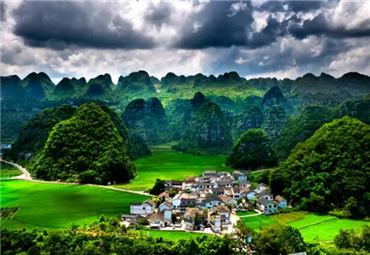 Overview
Overview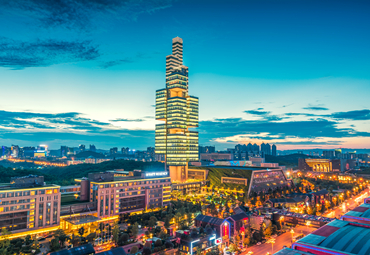 Guiyang
Guiyang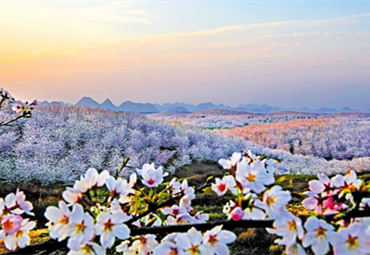 Guian New Area
Guian New Area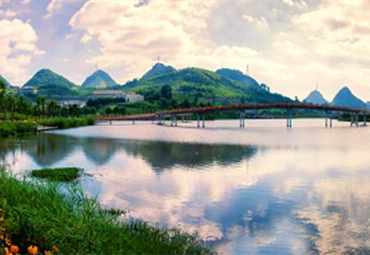 Liupanshui
Liupanshui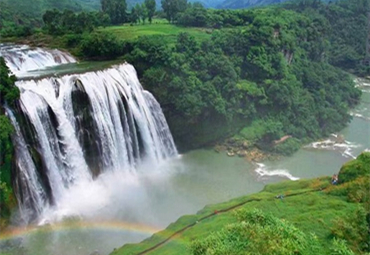 Anshun
Anshun Qianxinan
Qianxinan Qiandongnan
Qiandongnan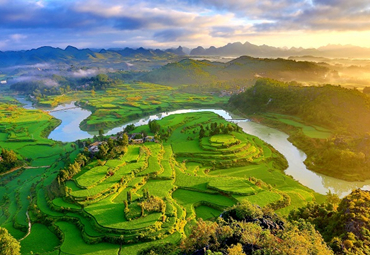 Qiannan
Qiannan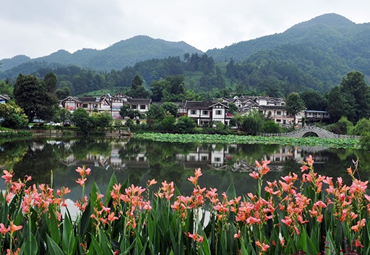 Zunyi
Zunyi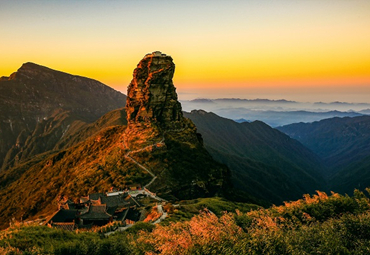 Tongren
Tongren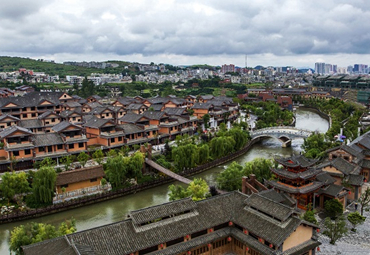 Bijie
Bijie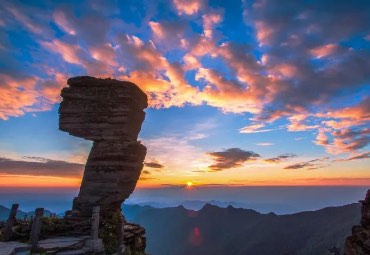 Guizhou fosters cross-cultural bonds in Europe
Guizhou fosters cross-cultural bonds in Europe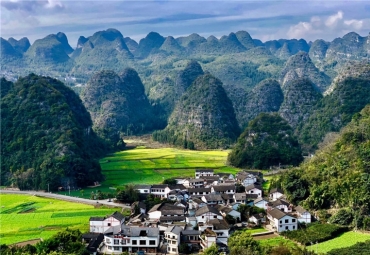 18th Guizhou Tourism Industry Development Conference
18th Guizhou Tourism Industry Development Conference 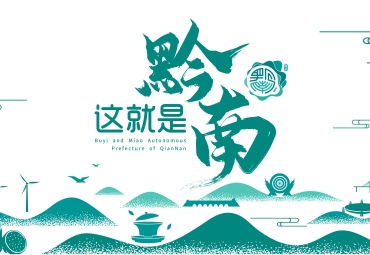 Discover natural beauty in Qiannan, Guizhou
Discover natural beauty in Qiannan, Guizhou 
